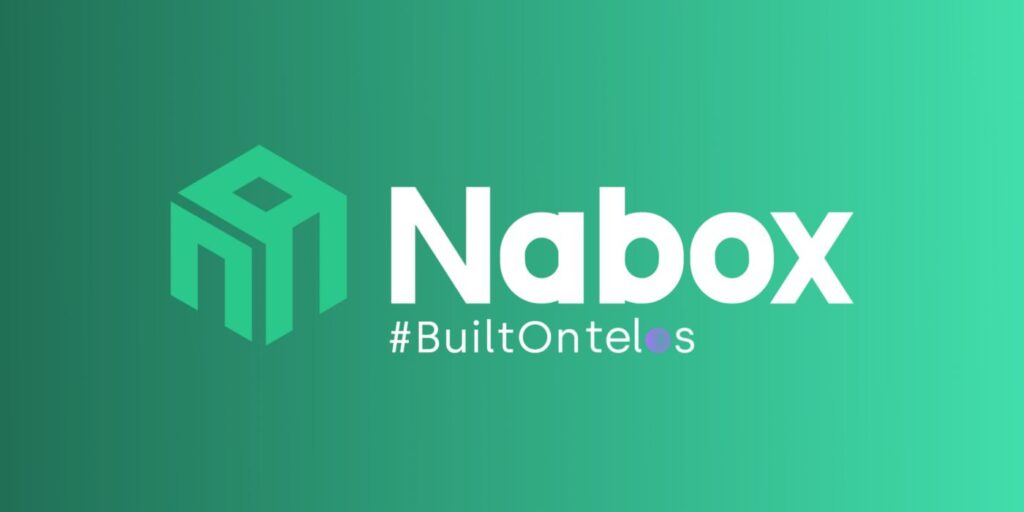
The cryptocurrency market has experienced remarkable growth over the past decade, and Ethereum has emerged as one of the most prominent players in this space. This article serves as a comprehensive guide to effectively explore the Ethereum investment landscape. We will delve into the fundamentals, investment strategies, factors influencing Ethereum’s value, security measures, earning passive income, and managing market volatility to help you chart your course to financial success. For more information, visit at this page.
Understanding Ethereum: A Brief Overview
What is Ethereum?
Ethereum is a decentralized blockchain platform that enables the creation and execution of smart contracts and decentralized applications (DApps). Launched in 2015 by Vitalik Buterin, Ethereum differs from Bitcoin in that it is not solely a digital currency; it is a programmable platform that facilitates a wide range of applications beyond peer-to-peer transactions.
Ethereum vs. Bitcoin: Key Differences
While both Ethereum and Bitcoin operate on blockchain technology, they serve different purposes. Bitcoin primarily functions as digital gold, a store of value, and a medium of exchange. Ethereum, on the other hand, is a platform for building decentralized applications, making it more versatile.
Ethereum’s Use Cases and Potential
Ethereum’s potential applications extend far beyond digital currencies. It powers decentralized finance (DeFi) projects, non-fungible tokens (NFTs), and supply chain management, among other sectors. Its smart contract capabilities make it a foundation for innovative projects across various industries.
Investment Strategies
HODLing vs. Active Trading: Pros and Cons
HODLing involves buying Ethereum and holding it for an extended period, while active trading involves buying and selling to profit from price fluctuations. HODLing is less stressful and may benefit from long-term price appreciation, but active trading can provide more frequent opportunities for profit if done correctly.
Diversification: Spreading Your Risk
Diversifying your crypto portfolio reduces risk. While Ethereum may be a significant part of your portfolio, consider including other cryptocurrencies and assets to mitigate potential losses in case Ethereum’s price declines significantly.
Long-term vs. Short-term Investment Goals
Define your investment goals. Are you looking for short-term gains, or are you in it for the long haul? Understanding your time horizon will help you tailor your investment strategy accordingly.
Factors Influencing Ethereum’s Price
Market Sentiment and Speculation
Cryptocurrency markets are highly influenced by investor sentiment and speculative activity. News, social media trends, and public perception can cause rapid price fluctuations. Stay informed but avoid knee-jerk reactions.
Technology Developments: Smart Contracts, EIPs, and More
Ethereum’s continuous development and upgrades, such as Ethereum Improvement Proposals (EIPs), can significantly impact its price. Understand the technology roadmap and keep an eye on important updates.
Regulatory Environment and Legal Considerations
Government regulations and legal developments can affect the cryptocurrency market. Stay informed about regulatory changes in your jurisdiction to ensure compliance and minimize legal risks.
Wallets and Security
Types of Ethereum Wallets: Hardware, Software, and Paper
Choose a secure wallet to store your Ethereum. Hardware wallets, like Ledger and Trezor, offer the highest level of security. Software wallets, like MyEtherWallet, provide convenience, while paper wallets offer offline storage.
Securing Your Investments: Best Practices
Implement strong security practices, such as enabling two-factor authentication (2FA), using complex passwords, and keeping your private keys offline and in a secure location.
The Importance of Private Keys
Your private key is the key to your Ethereum holdings. Never share it with anyone, and always keep backups in case of loss or theft.
Staking and Earning Passive Income
What is Ethereum Staking?
Ethereum 2.0 introduced staking, allowing users to lock up their Ether and participate in network security. In return, stakers receive rewards. Staking can be a passive income source.
Benefits and Risks of Staking
Staking provides rewards and strengthens the Ethereum network, but it comes with the risk of losing some or all of your staked Ether if you fail to adhere to network rules.
Yield Farming and Other Passive Income Strategies
Yield farming involves providing liquidity to DeFi protocols and earning rewards. Explore various DeFi platforms to find opportunities for passive income, but be aware of the associated risks.
Navigating Market Volatility
Historical Price Fluctuations
Ethereum has experienced significant price fluctuations in its history. Be prepared for market volatility, and never invest more than you can afford to lose.
Emotional Discipline: Handling Market Ups and Downs
Avoid emotional decision-making. Stick to your investment strategy, and don’t panic during market downturns. Timing the market is difficult, and impulsive actions can lead to losses.
Risk Management and Setting Exit Strategies
Define your risk tolerance and establish exit strategies. Knowing when to take profits or cut losses is crucial for successful long-term investing.
Conclusion
In the dynamic world of cryptocurrency, Ethereum stands as a beacon of innovation and potential riches for investors. Understanding Ethereum’s fundamentals, adopting the right investment strategy, staying informed about influencing factors, ensuring security, exploring passive income opportunities, and mastering emotional discipline are keys to success. As you embark on your Ethereum investment journey, remember that patience and diligence are your greatest allies. Chart your course wisely, and may your Ethereum investments lead you to financial prosperity.
Also Read: Understanding Cryptocurrency Exchange Matching Engine
